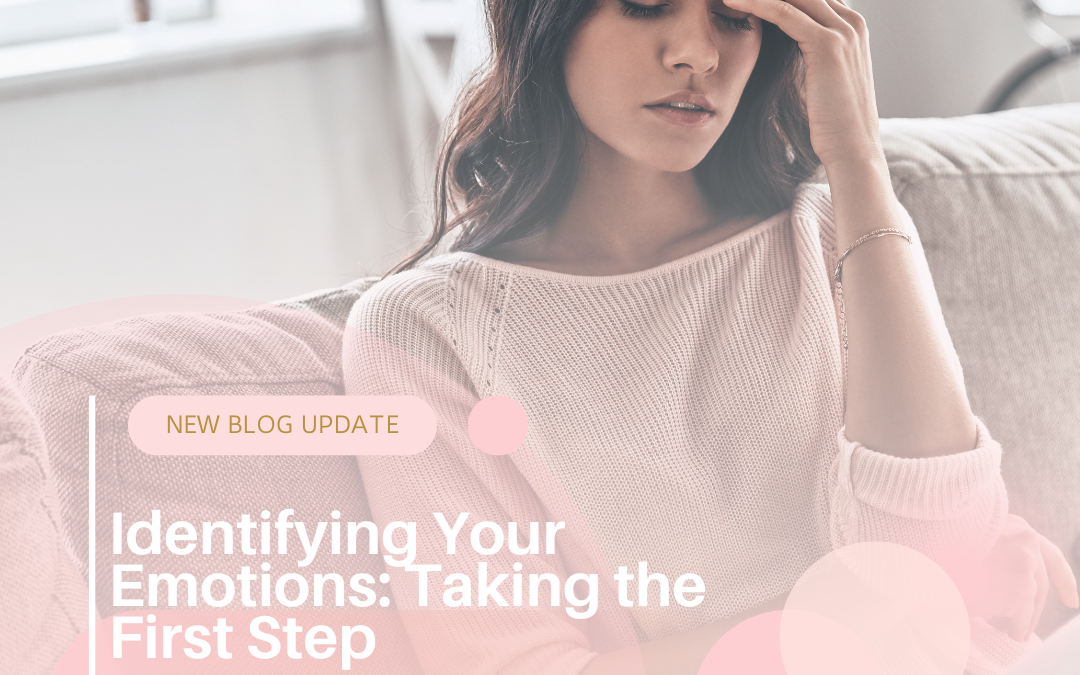Emotions are a natural and essential part of the human experience. They inform us, guide our decisions, influence our behaviors, and shape our relationships. Yet, many of us struggle to accurately identify what we’re feeling, let alone understand why we’re feeling it. If you’ve ever said, “I feel off, but I don’t know why,” you’re not alone. Learning to identify your emotions is a powerful skill—and one that can transform your mental and emotional well-being.
Why Is It Hard to Identify Emotions?
Many of us grew up in environments where emotions weren’t openly discussed or validated. You might have heard phrases like “Don’t cry,” “You’re overreacting,” or “Be strong,” which unintentionally taught you to suppress or ignore your emotional states. Over time, this can lead to emotional confusion or numbness. Additionally, fast-paced lifestyles, chronic stress, and digital distractions can disconnect us from our internal experience.
The Importance of Emotional Awareness
Understanding what you feel allows you to:
-
Communicate effectively: Being able to say “I feel hurt” or “I feel anxious” improves relationships.
-
Regulate reactions: Knowing your emotional state helps you respond rather than react.
-
Make informed decisions: Emotions provide valuable information about your needs and values.
-
Enhance mental health: Suppressed or misunderstood emotions can lead to anxiety, depression, and burnout.
Steps to Identifying Your Emotions
1. Pause and Tune In
Slow down and ask yourself, “What am I feeling right now?” It can be helpful to take a few deep breaths and notice any physical sensations (tight chest, lump in the throat, butterflies in the stomach). These body cues often hold emotional clues.
2. Name It
Use specific words to describe your feeling. Start with basic emotions like:
-
Happy
-
Sad
-
Angry
-
Afraid
-
Disgusted
-
Surprised
Then try to be more precise: Is your sadness more like disappointment or grief? Is your anger more like frustration or resentment? Tools like the Emotion Wheel or Feelings Chart can help expand your emotional vocabulary.
3. Notice the Trigger
Ask yourself: “What happened right before I felt this way?” Understanding the event or thought that triggered the emotion can bring clarity and deeper insight.
4. Validate It
Whatever you’re feeling is valid—even if it’s uncomfortable or unexpected. Instead of judging yourself, try saying: “It’s okay to feel this way right now.”
5. Reflect on the Need
Emotions often point to unmet needs. For example:
-
Anxiety might indicate a need for safety or preparation.
-
Sadness might reveal a need for comfort or connection.
-
Anger might signal a need for fairness or boundaries.
Understanding the underlying need empowers you to take action in healthy, constructive ways.
Practicing Emotional Identification Daily
Like any skill, emotional awareness improves with practice. Here are some ideas:
-
Keep a feelings journal where you write down what you felt and why.
-
Use check-in moments during your day: morning, midday, and night.
-
Talk to a therapist who can help you unpack and process complex emotions.
Final Thoughts
Identifying your emotions is not about labeling every feeling perfectly—it’s about being curious, compassionate, and connected to your inner world. The more you practice, the more you’ll notice a shift in how you handle stress, relate to others, and make empowered choices.
Remember, emotions are messengers—not problems to solve. When we listen to them, we gain insight, healing, and growth.


Recent Comments